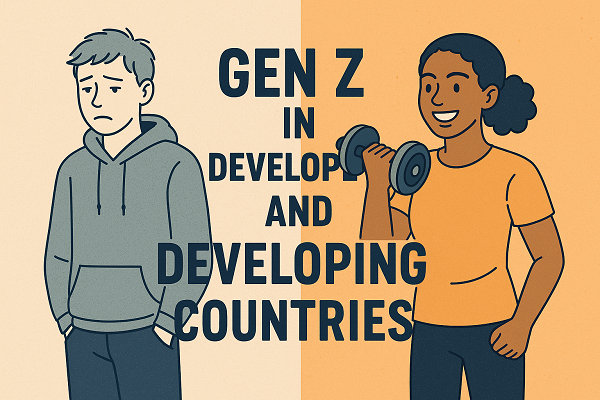Characteristics of Generation Z in each country - Generation Z women in developed countries who have less of an attitude toward personal belongings and less of an appetite for material goods.
- Release date: Apr 18, 2025
- 3518 Views

Generation Z refers to the generation born between 1996 and 2010, and will be between the ages of 15 and 29 in 2025. Generation Z will be the core of society in the future.
Generation Z is the core group that will be responsible for the future of society. Even within the same Generation Z, there are significant differences in values and lifestyles between countries. For example, Gen Z women in developed countries are relatively less attached to the things around them, while Gen Z women in semi-developed and developing countries tend to be more conscious of their desire to improve their lives through things.
In this article, we focus on Gen Z women (aged 18-29) in 10 countries from Intage's “Global Viewer,” a database of overseas consumers, and present a detailed analysis of their characteristics.
The 10 countries are divided into three groups according to GDP per capita (as of 2023): developed countries, semi-developed countries, and developing countries.
Developed countries (GDP per capita over 30,000 USD): South Korea, Taiwan, Hong Kong, and Singapore
Semi-developed countries (5,000-29,999 USD): China, Malaysia, Thailand
Developing countries (under 4,999USD): Indonesia, Vietnam, Philippines
Behavior and attitude toward things around us
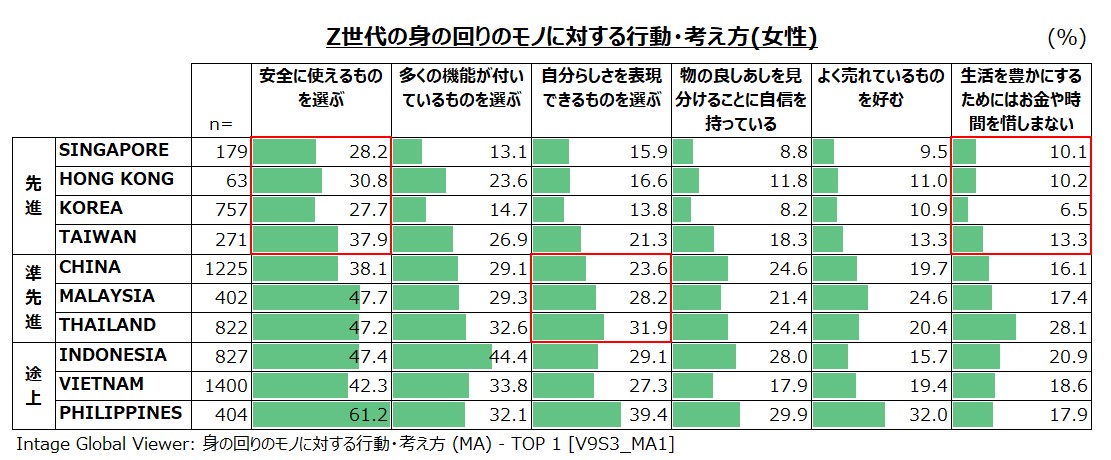
*About Global Viewer
This service provides reports tailored to your issues using questionnaire data on various actual conditions and attitudes of sei-katsu-sha in 11 countries (Asia and US) stocked by INTAGE.
The service covers 400 items, including actual behavioral conditions and awareness, values, and information contact related to various product and service categories.
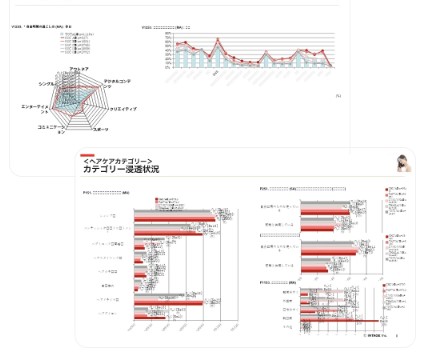
The results show that developed countries do not place as much emphasis as semi-developed and developing countries on many factors such as product safety and security and functionality. On the other hand, semi-developed countries tend to choose products that allow them to express their personal style, while developing countries prioritize safety and functionality in their product purchases.
The survey also shows that developing countries are willing to spend money and time as a means to enrich their lives and are attracted to cutting-edge technology, whereas developed countries place less emphasis on these values.
Behavior and attitude toward information gathering
Next, we looked at how they get information about products and services.
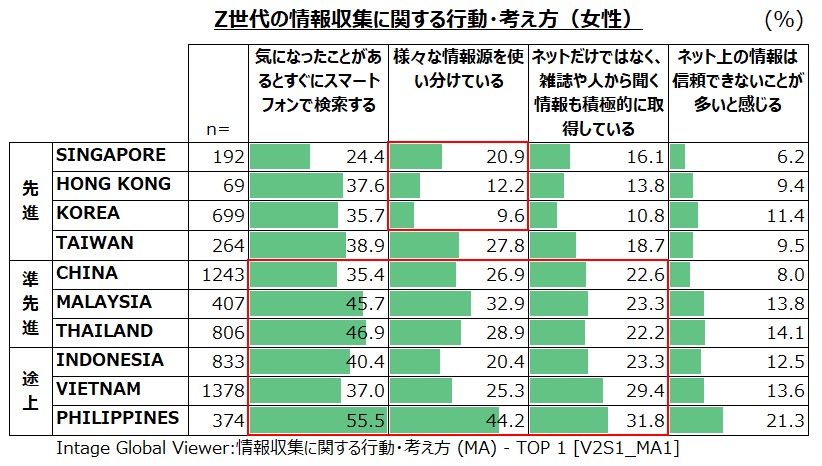
Surprisingly, developed countries, with the exception of Taiwan, did not actively collect information. This is thought to be due to the fact that developed countries no longer need to gather information on their own due to the availability of information dissemination channels such as TV, magazines, and the Internet.
In semi-developed countries where smartphones are widely used, consumers themselves collect information on their interests from various perspectives by searching the Internet and using different information sources.
Behaviors and attitudes related to daily shopping
The following is a summary of how they usually select and purchase products, their behavior and thinking.
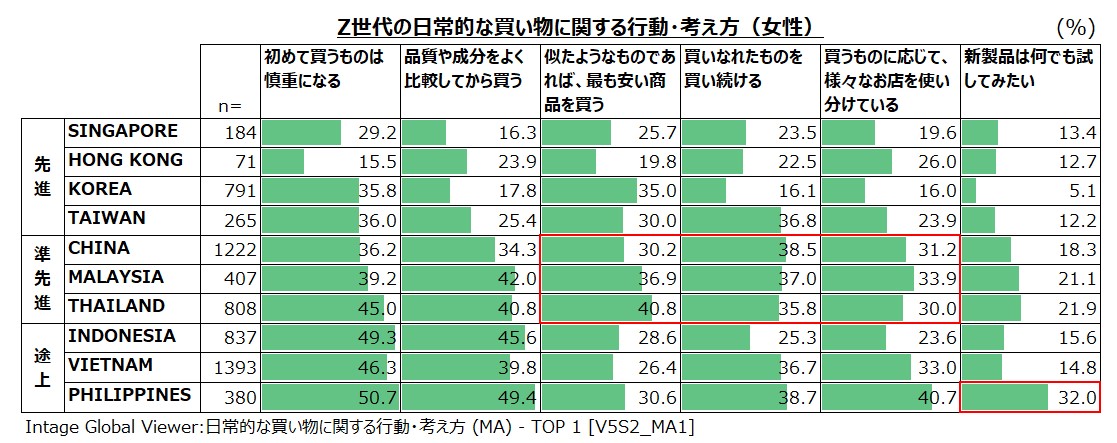
Developed countries do not seem to be very cautious about the things they purchase for the first time and do not make detailed comparisons with similar products. This is thought to be because, as with the aforementioned “attitudes and behaviors toward personal belongings,” the quality of goods sold in developed markets is above a certain level, and there is little fear of making a major mistake in shopping.
On the other hand, semi-developed and developing countries are cautious about the things they buy for the first time, but they make decisions by comparing quality and ingredients. Semi-developed countries tend to be hoarders, and they seem to place importance on cost performance, choosing similar products based on price.
The Philippines is characterized by a flexible shopping style, in which they actively try out new products while comparing products and using different stores for purchases.
Assets to be held in the future
Finally, the survey asked about the assets that women in each country's Generation Z would like to own or increase in the future.
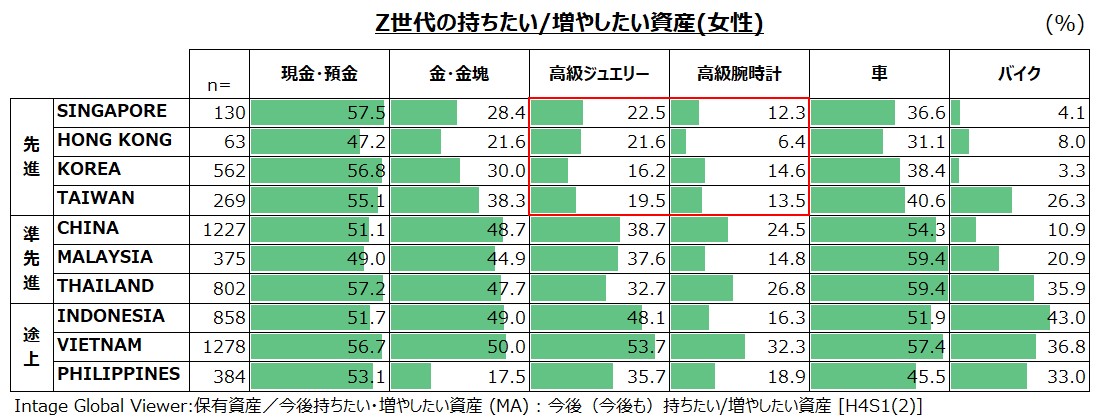
There was little difference in attitudes toward cash and deposits, with many respondents seeking security rather than risk. The more developed countries are also less likely to purchase luxury goods such as high-end watches and jewelry. Semi-developed countries seem to be more interested in physical assets such as gold, bullion, and cars.
The fact that cars and motorcycles are favored by Generation Z in both semi-developed and developing countries may have something to do with the urban structure and the level of public transportation.
Summary and Discussion
Developing countries tend to be cautious about things they buy for the first time and are keen to avoid mistakes. On the other hand, they are also willing to try new products positively and actively gather information through word of mouth and reviews before shopping. Interest in luxury items such as fine jewelry is also observed, and is thought to be underpinned by a desire to own “nice things.
In semi-developed countries, there is an increasing awareness of cost performance, such as “I want things that are as inexpensive as possible, but of good quality to some extent. Also, perhaps because they can afford to live a little more comfortably, they tend to buy in bulk rather than buying what they need each time they need it. This style of buying is characterized by an awareness not only of price, but also of value for money and efficiency.
In developed countries, people are less particular about goods, and rather than choosing carefully, they shop with a sense of security that they can basically choose whatever they want. This is thought to be due to the environment in which the product market is mature and there are few inferior products. Therefore, they do not feel the need to actively research products on their own. In addition, there was an overall lack of interest in luxury goods such as fine jewelry, and a tendency not to place value on owning things.
Finally.
In international marketing, it is essential to design measures according to the state of development in each country. As with the Generation Z women introduced in this report, it is necessary to take an approach that is appropriate to the values of consumers in different countries, such as their interest in goods and the way they gather information.
In developing countries, consumers have a strong interest in goods as a means of improving their lives, and they place importance on product novelty and reputation on social networking sites. On the other hand, in developed countries, where interest in consumption itself is low, proactive push-type communication to first get people to notice products is likely to be key.
Related Article: Understanding Overseas Gen Z Characteristics: Country-Specific Trends in Values and Lifestyle (Singapore, Hong Kong, South Korea, Taiwan, China, Malaysia, Thailand, Indonesia, Vietnam, Philippines)
Using a large consumer database, we identify characteristics and trends among Gen Z in each country and present them in a summary article.
You can also view information on Gen Z in other countries.
Countries Covered: Singapore, Hong Kong, South Korea, Taiwan, China, Malaysia, Thailand, Indonesia, Vietnam, Philippines
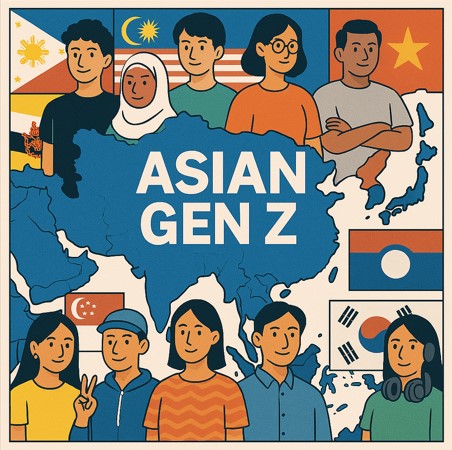
-

Editor profile
Chew Fong-Tat
Malaysian researcher who has lived in Japan for 14 years and has handled many surveys on ASEAN countries.
 Global Market Surfer
Global Market Surfer CLP
CLP
